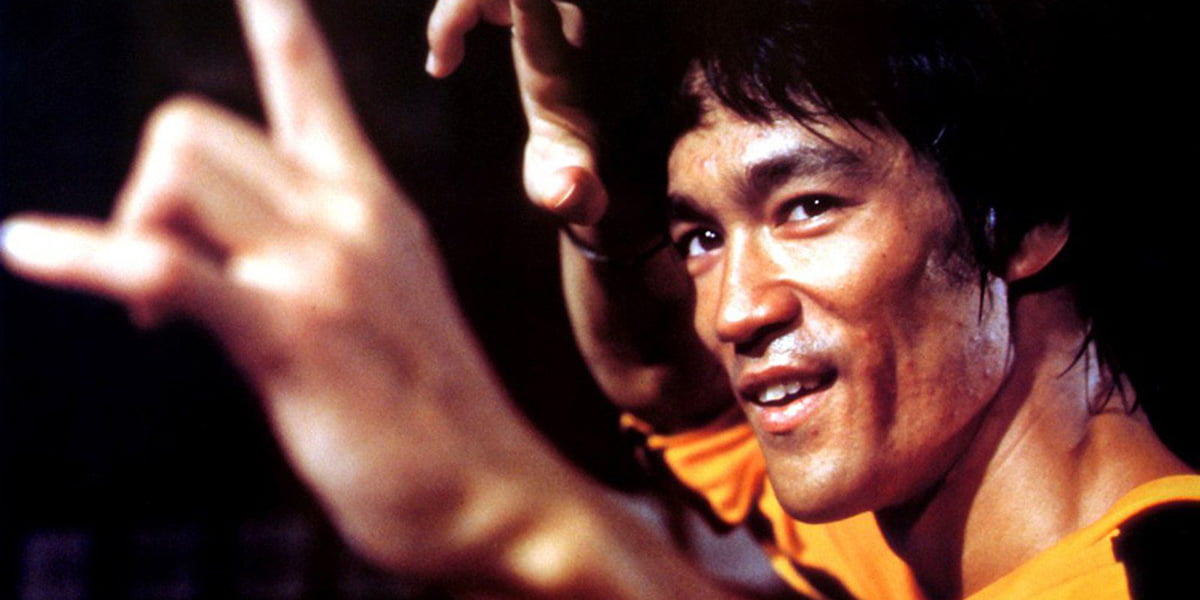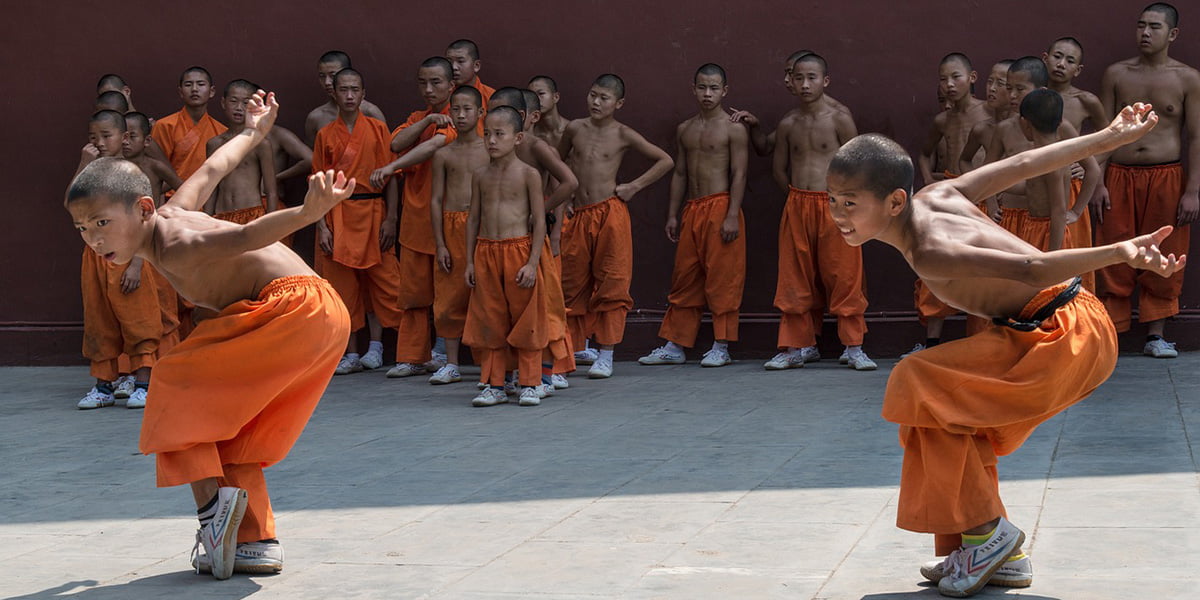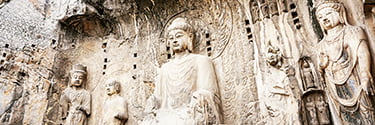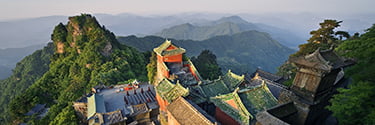Discovering the Art of Feng Shui Through China’s Architectural Wonders
China, a sprawling tapestry of ancient traditions and cutting-edge modernity, beckons travellers from around the world with its rich cultural heritage. Among its myriad contributions to global culture, one that stands tall and continues to influence millions worldwide is the ancient art of Feng Shui. Delving into this harmonious architectural tradition while traversing China can provide travellers with a unique lens to appreciate the country’s treasures.
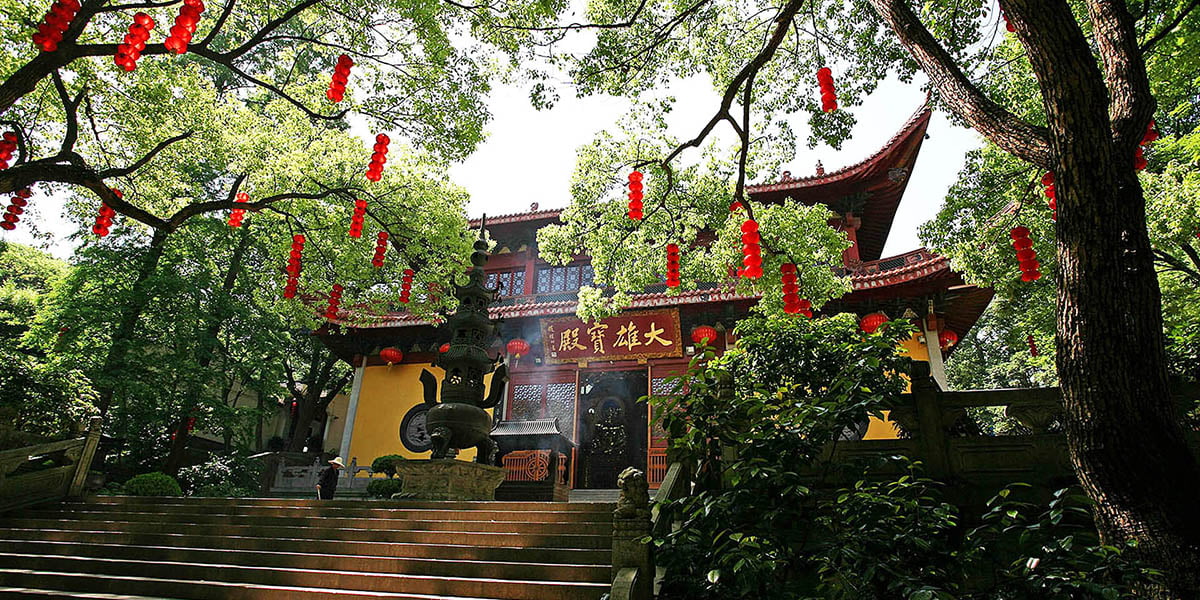
What is Feng Shui?
Feng Shui, which translates to ‘Wind Water’, is a time-honoured Chinese art and science focused on harmonizing individuals with their surroundings. With its roots in ancient Taoist traditions, Feng Shui emphasizes the balance and flow of energies (Qi) within spaces to ensure health, prosperity, and well-being.

The Art of Feng Shui in Chinese Architecture
As you embark on your travel through China, the principles of Feng Shui manifest almost everywhere, subtly influencing the very fabric of China’s urban and rural landscapes.
Beijing’s Forbidden City: This grand imperial palace, constructed during the Ming dynasty, stands as a masterclass in Feng Shui design. Its rectangular layout, alignment along the north-south axis, and the placement of buildings and courtyards were all meticulously planned to achieve harmony. The city is surrounded by natural barriers – mountains to the north, and waters to the south – fortifying its Feng Shui protection against negative energies.
The Terracotta Army in Xi’an: While it might not be immediately evident, Feng Shui played an instrumental role in the placement of the Terracotta Army. This subterranean life-size army, built to protect Emperor Qin Shi Huang in the afterlife, was strategically positioned with Feng Shui guidance to ensure the emperor’s eternal dominance and peace.
Shanghai’s Yuyuan Garden: A visit to Shanghai is incomplete without marvelling at the Yuyuan Garden. This Ming Dynasty creation is a classic representation of Feng Shui’s nuances in action. Zigzag bridges (designed to ward off evil spirits as they’re believed to move in straight lines), koi-filled ponds representing prosperity, and a meticulous placement of rocks and plants to facilitate the flow of Qi, showcase the art of Feng Shui. In modern Shanghai, towering skyscrapers such as the Shanghai World Financial Center have also been influenced by Feng Shui, proving that even in contemporary architecture, ancient wisdom holds its ground.Hangzhou’s West Lake: The picturesque West Lake in Hangzhou, with its serene waters and surrounding hills, temples, and pagodas, is another testament to Feng Shui. Its layout and design are meant to capture the Yin and Yang harmony between urban and natural elements.
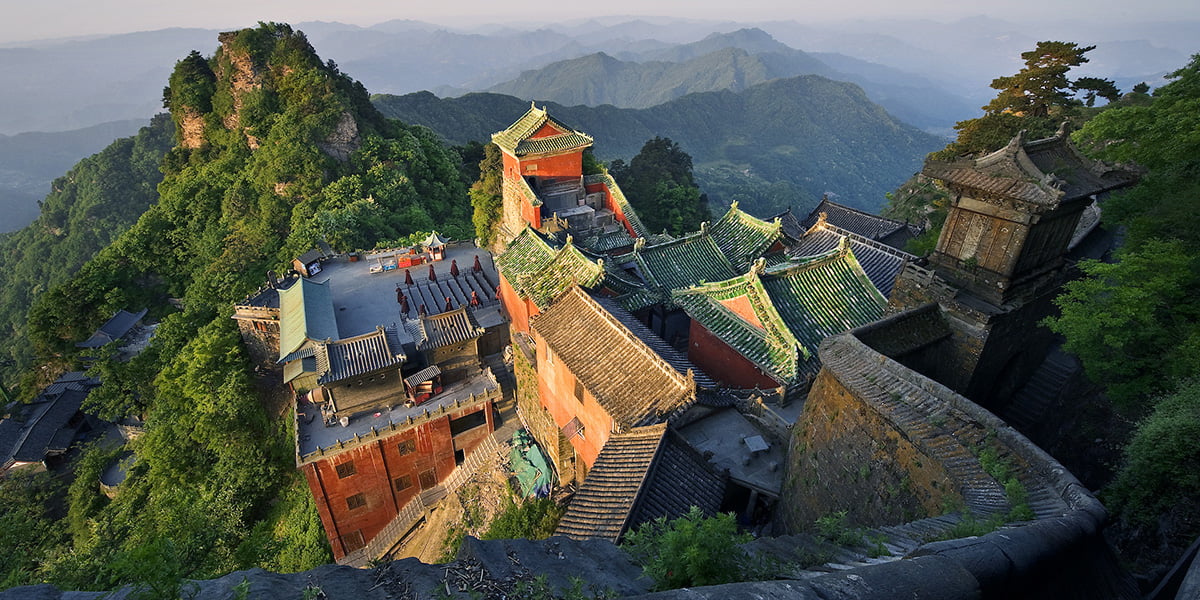
The Implications for Travel
Exploring China through the Feng Shui lens adds depth to one’s journey. Beyond marvelling at architectural wonders, travellers gain insights into an age-old system that continues to shape lifestyles, city planning, and even personal choices for millions.
Shenzhen: Dive into this bustling metropolis, and amidst its renowned skyline, discover Feng Shui’s subtleties. From the layout of public parks to the design of the famed skyscrapers like the Ping An International Finance Centre, Feng Shui principles are at play, ensuring the city’s vibrancy and prosperity.
Guilin: Known for its surreal limestone karst hills, the very topography of Guilin is believed by many Feng Shui masters to be auspicious, bringing good fortune and well-being to its inhabitants. The winding Li River, complementing the hills, captures the essence of harmonious coexistence, as championed by Feng Shui. As you map out your itinerary, consider engaging with local guides who can shed light on the Feng Shui principles underlying the landmarks you visit. Such immersive experiences enrich your journey, transforming it from mere sightseeing into a profound exploration of China’s soul.
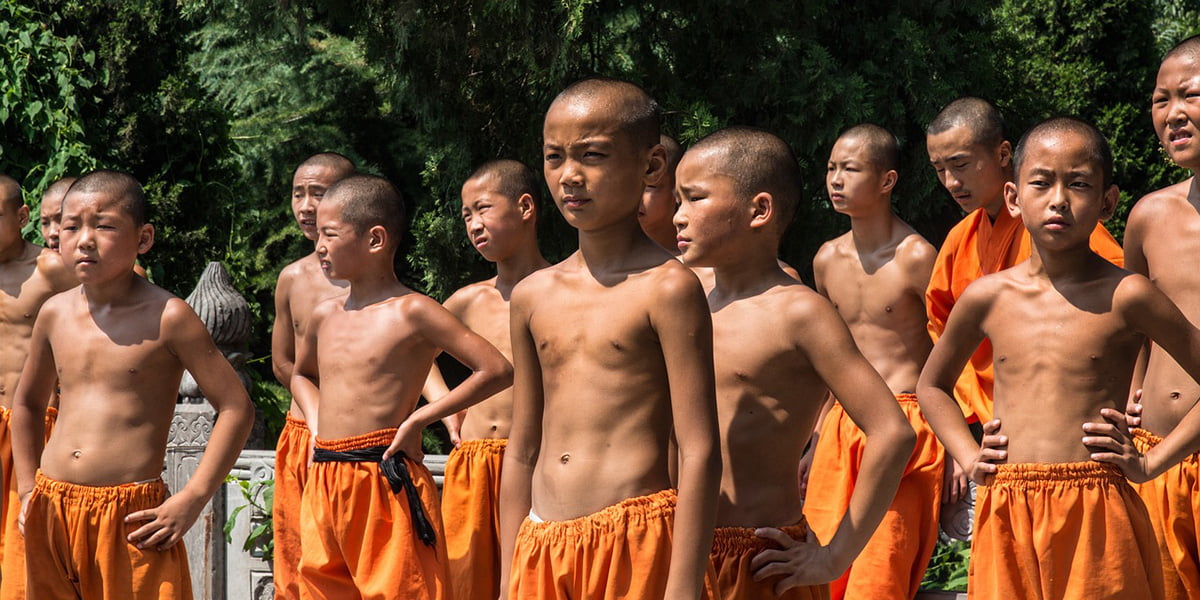
Conclusion: A Journey of Harmony and Discovery
China, in all its vastness, offers travellers a chance not just to witness, but to immerse in a living tradition that shapes lives and spaces with its wisdom. As you walk through the bustling streets of Beijing, marvel at Shanghai’s skyline, or lose yourself in the tranquility of Hangzhou’s West Lake, remember that you’re treading on grounds where every stone, water body, and structure resonates with stories of balance, harmony, and energy.
So, as you plan your next Chinese odyssey, let the art of Feng Shui guide your way. Dive deep into its principles, explore its manifestations across cities and landscapes, and allow yourself to be swayed by its timeless allure. In China, travel becomes more than just a journey—it becomes a dance with energies, a tryst with balance, and a true communion with one’s surroundings. Your adventure, infused with the wisdom of Feng Shui, awaits.
